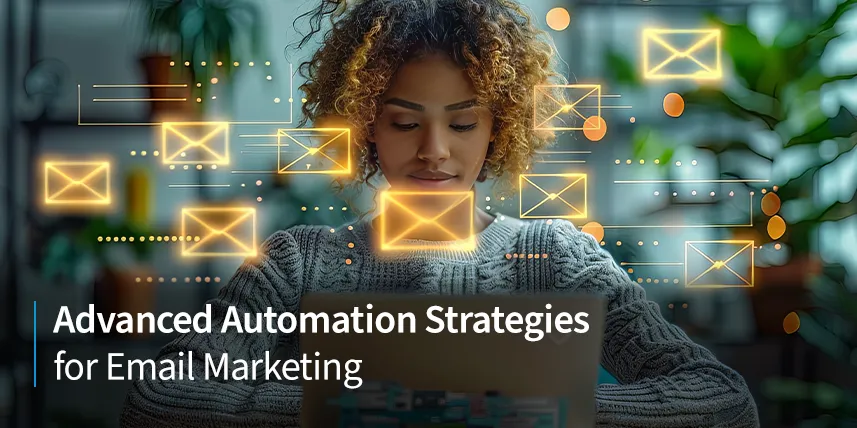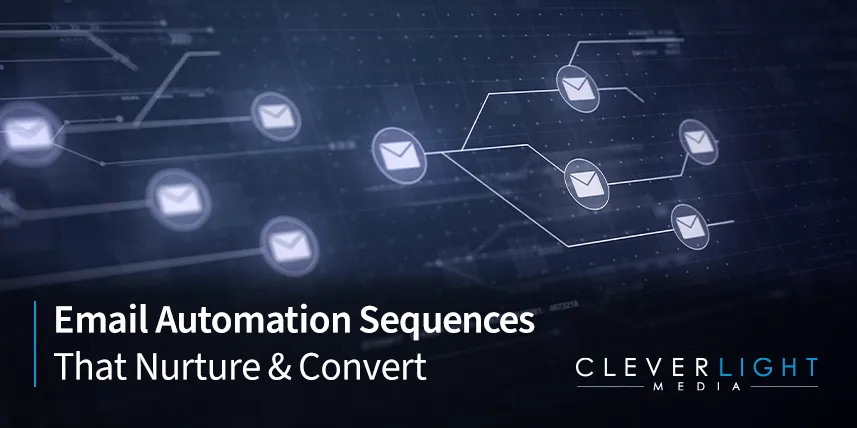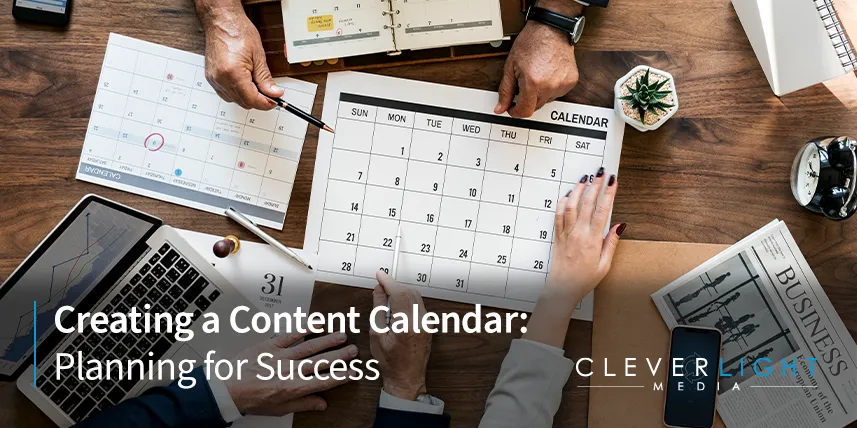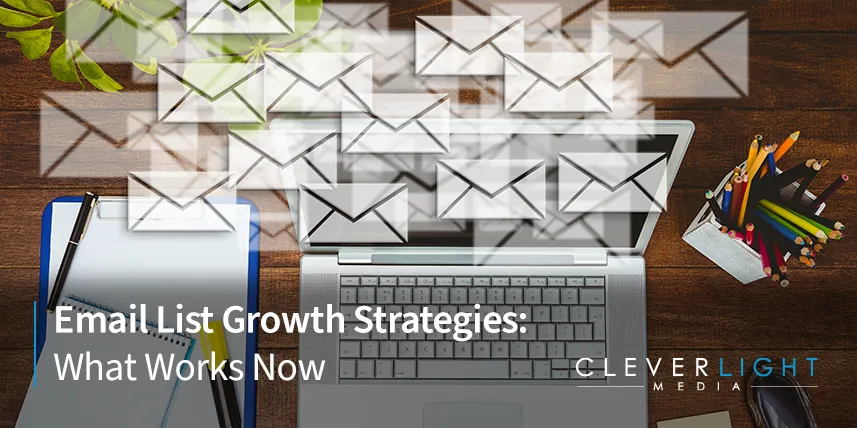Email marketing remains a powerful tool in the digital marketing arsenal, offering unparalleled reach and engagement opportunities. However, to truly harness its potential, businesses need to go beyond basic campaigns and embrace advanced automation strategies. By leveraging automation, we can create personalized, timely, and relevant email experiences that nurture leads and drive conversions. In this article, we’ll explore some advanced automation strategies that can elevate your email marketing efforts, focusing on setting up trigger-based campaigns, nurturing leads, integrating email with other digital tools, running automated re-engagement campaigns, and measuring the effectiveness of your automated emails.
Setting Up Trigger-Based Email Campaigns
Trigger-based email campaigns are an essential component of advanced email marketing automation. These campaigns are designed to send emails based on specific actions or behaviors exhibited by your subscribers. By setting up these triggers, we can ensure that our messages are timely and relevant, significantly improving engagement and conversion rates.
- Identify Key Triggers: Start by identifying the key actions or behaviors that should trigger an email. Common triggers include signing up for a newsletter, abandoning a shopping cart, downloading a resource, or making a purchase.
- Create Personalized Messages: Once the triggers are identified, craft personalized email messages that are tailored to each specific action. Personalization can include using the subscriber’s name, referencing their recent activity, or offering relevant product recommendations.
- Automate the Workflow: Use your email marketing platform to set up automated workflows that will send the emails when the specified triggers occur. Ensure that the workflows are tested thoroughly to avoid any issues.
- Monitor and Optimize: Continuously monitor the performance of your trigger-based campaigns. Analyze open rates, click-through rates, and conversion rates to identify areas for improvement and optimize your campaigns accordingly.
Using Automation to Nurture Leads
Lead nurturing is a critical aspect of any successful email marketing strategy. Automation allows us to create comprehensive nurturing sequences that guide prospects through the sales funnel, building relationships and trust along the way.
- Segment Your Audience: Begin by segmenting your email list based on criteria such as demographics, behavior, or stage in the buyer’s journey. This segmentation allows us to tailor our nurturing sequences to the specific needs and interests of each group.
- Develop a Nurturing Sequence: Plan a series of automated emails that provide value and address the pain points of your prospects. This sequence should include educational content, case studies, product information, and any other resources that can help move the lead closer to making a purchase.
- Use Dynamic Content: Incorporate dynamic content into your emails to personalize the experience further. Dynamic content can change based on the recipient’s behavior, preferences, or interactions with previous emails.
- Set Up Drip Campaigns: Drip campaigns are a popular method for lead nurturing. These campaigns automatically send a series of pre-written emails over a specified period, keeping your brand top-of-mind and gradually moving the lead through the funnel.
- Measure Engagement: Track the engagement levels of your nurturing sequences to understand what content resonates most with your audience. Use this data to refine your approach and enhance the effectiveness of your lead nurturing efforts.
Integrating Email Marketing with Other Digital Tools
To maximize the impact of your email marketing efforts, it’s crucial to integrate them with other digital tools and platforms. By creating a cohesive marketing ecosystem, we can ensure that our campaigns are more effective and aligned with our overall marketing strategy.
- CRM Integration: Connecting your email marketing platform with your Customer Relationship Management (CRM) system allows for seamless data flow. This integration ensures that your email lists are always up-to-date and enables more personalized and targeted campaigns based on customer data.
- Social Media Sync: Integrate your email marketing with social media platforms to amplify your reach. Share your email content on social media, and use social media data to segment your email lists and create more relevant content.
- Analytics Tools: Use analytics tools to track the performance of your email campaigns in real-time. Integrating Google Analytics, for example, can provide deeper insights into how your email recipients interact with your website after clicking through an email.
- E-commerce Platforms: For businesses with online stores, integrating email marketing with your e-commerce platform can drive sales and enhance customer experience. Send automated emails based on purchase behavior, such as abandoned cart reminders and post-purchase follow-ups.
- Marketing Automation Software: Comprehensive marketing automation tools can help streamline and enhance your email marketing efforts. These platforms offer advanced features like lead scoring, multi-channel campaign management, and detailed analytics.
Automated Re-engagement Campaigns to Wake Up Dormant Leads
Dormant leads and inactive subscribers can be revitalized with well-crafted automated re-engagement campaigns. These campaigns aim to re-capture the interest of subscribers who haven’t interacted with your emails for a while.
- Identify Inactive Subscribers: Start by identifying which subscribers have become inactive. Define what inactivity means for your business, whether it’s no opens or clicks in the last six months or another metric that makes sense for your campaigns.
- Craft Re-engagement Emails: Create compelling and personalized re-engagement emails. Offer incentives such as discounts, exclusive content, or a special offer to entice them to re-engage with your brand.
- Segment and Target: Segment your inactive subscribers based on their previous interactions and tailor your re-engagement messages to these specific segments for higher relevancy and impact.
- Test and Optimize: A/B test different subject lines, email content, and offers to determine what works best for re-engaging your audience. Use these insights to refine your approach continuously.
- Clean Your List: If re-engagement efforts fail, it’s essential to clean your email list by removing inactive subscribers. This step ensures that your list remains healthy and improves your overall email deliverability rates.
Measuring the Effectiveness of Automated Emails
To ensure your automated email campaigns are achieving the desired results, it’s critical to measure their effectiveness regularly. Here are key metrics and best practices for evaluating your campaigns:
- Open Rates: Track the percentage of recipients who open your emails. High open rates indicate that your subject lines are effective and your audience finds your emails relevant.
- Click-Through Rates (CTR): Monitor the percentage of recipients who click on links within your emails. High CTRs suggest that your content is engaging and your calls-to-action are compelling.
- Conversion Rates: Measure how many recipients complete a desired action, such as making a purchase or filling out a form, after clicking through your email. This metric indicates the overall effectiveness of your email in driving desired outcomes.
- Bounce Rates: Keep an eye on the number of emails that cannot be delivered. High bounce rates can harm your sender reputation and affect deliverability. Regularly clean your email list to minimize bounces.
- ROI Analysis: Calculate the return on investment (ROI) of your email campaigns by comparing the revenue generated from email marketing to the costs involved. This analysis helps in understanding the financial impact of your email marketing efforts.
Boost Your Email Marketing with Advanced Automation
Advanced automation strategies can revolutionize your email marketing efforts, making them more efficient, personalized, and effective. By setting up trigger-based campaigns, nurturing leads, integrating email with other digital tools, running automated re-engagement campaigns, and measuring effectiveness, you can ensure your email marketing is driving significant results.
If you need assistance in implementing these advanced strategies, our team at CleverLight Media is here to help. From crafting compelling email campaigns to integrating powerful marketing tools, we offer comprehensive solutions to enhance your email marketing efforts. Contact us today to learn how we can support your business in achieving its email marketing goals.







